Manual Transmission Swap⁚ A Cost Breakdown
The cost of a manual transmission swap varies greatly‚ ranging from approximately $1‚000 to over $10‚000 depending on factors such as vehicle type‚ parts sourcing (new vs. used)‚ and labor costs (DIY vs. professional installation).
Factors Influencing Cost
Several key factors significantly impact the overall expense of a manual transmission swap. The vehicle’s make and model play a crucial role‚ as parts availability and complexity of installation vary widely. The condition and type of the chosen manual transmission also influence cost; a used transmission might be cheaper but may require additional repairs or present unknown issues. Labor costs represent another major variable; opting for a professional installation significantly increases the total cost compared to a DIY approach. The cost of essential components‚ including the transmission itself‚ clutch kit‚ flywheel‚ shifter assembly‚ and pedal assembly‚ contributes substantially to the final bill. Unexpected issues‚ such as needing additional parts or encountering unforeseen mechanical problems during installation‚ can also add to the expense. Finally‚ choosing new versus used parts significantly affects the budget.
Vehicle Make and Model
The make and model of your vehicle are primary determinants of manual transmission swap cost. Parts compatibility and availability vary considerably across different car brands and models. Some vehicles have readily available aftermarket parts‚ leading to lower costs‚ while others may require custom fabrication or sourcing rare components‚ significantly increasing expenses. The complexity of the installation process itself also differs. Certain vehicles have simpler designs‚ allowing for a relatively straightforward swap‚ while others demand extensive modifications and specialized tools‚ driving up labor costs. Furthermore‚ the prevalence of online resources and community support for a specific vehicle model can influence costs; readily available guides and forums can simplify the DIY process and reduce labor expenses. Therefore‚ researching the specific requirements for your vehicle’s make and model is crucial for accurate cost estimation.
Transmission Type and Condition
The type and condition of the chosen manual transmission significantly impact the overall cost. A new‚ high-performance transmission will be considerably more expensive than a used unit. The specific transmission’s gearing ratios and features also influence price. A rare or specialized transmission may command a premium. The condition of a used transmission is paramount. A well-maintained used transmission can offer substantial savings‚ but a damaged or worn-out unit will require costly repairs or replacement of internal components‚ potentially negating any initial cost savings. Thorough inspection is crucial before purchase‚ ideally by a qualified mechanic. Factors such as mileage‚ wear on synchronizers‚ and the overall condition of the casing and internal components directly influence the final cost. Choosing a compatible transmission with minimal repair needs is essential to keeping the overall swap cost manageable.
Labor Costs⁚ DIY vs. Professional
Labor costs represent a substantial portion of the overall manual transmission swap expense. A DIY approach offers the potential for significant savings‚ but requires mechanical aptitude‚ specialized tools‚ and ample time. Incorrect installation can lead to further damage and increased expenses. Professional installation eliminates the risk of errors and ensures a proper‚ functioning system. However‚ professional labor rates can vary widely based on location and the mechanic’s expertise. Shops specializing in transmission work may charge more than general repair shops. The complexity of the swap also influences labor costs; some vehicles present more challenges than others. Estimating labor time is crucial; a straightforward swap might take a few days for a skilled DIYer‚ while a complex conversion could take a professional mechanic several days or even weeks. Weighing the cost of professional labor against the potential risks and time commitment of a DIY project is vital for effective budget planning.
Essential Components and Their Costs
Several key components contribute significantly to the overall cost of a manual transmission swap. The transmission itself is typically the most expensive single part‚ with prices ranging from several hundred to several thousand dollars depending on the make‚ model‚ and condition. A new clutch kit‚ encompassing the pressure plate‚ clutch disc‚ and throw-out bearing‚ adds another substantial expense‚ with costs varying depending on the vehicle and the quality of the kit. The flywheel‚ responsible for transferring engine power to the transmission‚ is another necessary component‚ its cost depending on whether a new or used unit is selected‚ and whether any machining or resurfacing is required. A new shifter assembly‚ including the linkage and cables‚ and a pedal assembly‚ comprising the clutch‚ brake‚ and accelerator pedals (if replacement is necessary)‚ will also add to the expenses. Prices for these parts vary depending on the vehicle and the sourcing of the parts.
Transmission Unit
The cost of the manual transmission unit itself forms a substantial portion of the overall swap expense. Prices vary dramatically depending on several key factors. The make and model of the vehicle significantly influence the cost‚ with transmissions for some vehicles commanding a higher price due to rarity or demand. The condition of the used transmission‚ if opting for a used unit to save money‚ is critical. A fully reconditioned transmission will cost more than a used unit needing some repair‚ while a new transmission will likely be the most expensive option. Furthermore‚ the type of transmission (e.g.‚ 5-speed‚ 6-speed) also impacts the cost‚ with newer or more specialized transmissions often commanding higher prices. Therefore‚ careful research and comparison shopping are crucial to secure the best price for a suitable transmission unit.
Clutch Kit
A new clutch kit is essential for a successful manual transmission swap‚ and its cost can vary considerably. The kit typically includes the pressure plate‚ clutch disc‚ and throw-out bearing (release bearing). The price depends heavily on the vehicle’s make and model‚ with some requiring more specialized or expensive kits. Choosing a higher-quality clutch kit designed for performance or longevity will naturally increase the cost compared to a basic replacement kit. The material used in the clutch disc (e.g.‚ ceramic‚ organic) also impacts pricing‚ with performance-oriented materials often being more expensive. When budgeting‚ consider whether you need a complete kit or if individual components can be sourced separately‚ potentially offering cost savings if only certain parts need replacing. Finally‚ remember to factor in the cost of any specialized tools or lubricants required for clutch installation.
Flywheel
The flywheel’s cost in a manual transmission swap is another variable factor influencing the overall expense. The price depends significantly on the vehicle’s make‚ model‚ and engine type. Some flywheels are relatively inexpensive‚ particularly if a used but functional unit can be sourced. However‚ high-performance flywheels designed to reduce weight or improve engine response can be considerably more costly. The material used in the flywheel’s construction (e.g.‚ steel‚ aluminum) also impacts the price; lighter materials typically command a higher price due to their manufacturing processes. When considering the flywheel‚ it’s crucial to ensure compatibility with the chosen clutch and transmission. A flywheel that doesn’t match these components may result in poor performance or even damage to the drivetrain. Resurfacing an existing flywheel might be a cost-effective option‚ but this depends on its condition and the availability of resurfacing services.
Shifter Assembly
The shifter assembly cost contributes to the overall expense of a manual transmission swap. Prices vary widely depending on the vehicle’s make and model‚ as well as whether a new or used assembly is purchased. A new‚ OEM-quality shifter assembly can be relatively expensive‚ particularly for newer or more specialized vehicles. However‚ used assemblies from reputable sources can significantly reduce costs. Furthermore‚ the complexity of the shifter assembly itself impacts pricing; some vehicles have more intricate designs than others. The cost also includes the shifter linkage‚ boot‚ and knob. When choosing a shifter assembly‚ ensure compatibility with the transmission and vehicle’s interior. Improper fitment can lead to poor shifting performance or even damage to the transmission. Consider factors such as the shifter’s feel‚ throw length‚ and overall quality when making your selection.
Pedal Assembly
The pedal assembly is a crucial component in a manual transmission swap‚ impacting both cost and drivability. Replacing the automatic transmission’s gas and brake pedals with a manual setup necessitates a new assembly‚ typically including a clutch pedal‚ master cylinder‚ and associated linkage. The cost varies greatly depending on the vehicle’s make‚ model‚ and year‚ as well as the source (new vs. used aftermarket vs. OEM). A new‚ complete pedal assembly from a reputable supplier can be a substantial expense. Used assemblies can offer significant savings but require careful inspection for wear and tear. Compatibility is key; an improperly fitted assembly can lead to poor clutch engagement or even safety hazards. Consider the material and construction quality; stronger materials provide better durability and feel. Professional installation is generally recommended for this component to ensure proper alignment and function‚ adding to the overall cost.
Additional Parts and Considerations
Beyond the core components‚ several additional parts and considerations significantly influence the total cost of a manual transmission swap. These often-overlooked items can quickly inflate the budget. For instance‚ a new clutch line may be necessary‚ and its cost varies depending on material and length. Similarly‚ specialized tools might be required for specific tasks‚ adding to the expense. Shifter cables or linkages may need replacement or adjustment‚ potentially requiring additional parts. Minor adjustments to the vehicle’s interior may also be needed to accommodate the new shifter. Don’t forget the cost of fluids⁚ transmission fluid‚ brake fluid‚ and clutch fluid will all need to be purchased. Finally‚ unforeseen issues‚ such as damaged or worn parts discovered during the swap‚ could unexpectedly increase the overall cost. Careful planning and budgeting for these additional parts and potential complications is vital for a successful and cost-effective conversion.
Driveshaft Compatibility
Driveshaft compatibility is a crucial‚ often overlooked‚ factor impacting the cost of a manual transmission swap. The driveshaft from an automatic transmission is usually incompatible with a manual transmission due to differences in length and the presence of a guibo (a flexible coupling) on manual transmission driveshafts‚ absent in automatic versions. A direct fit replacement might be available‚ but it’s often expensive. Alternatively‚ a custom driveshaft may be necessary‚ significantly increasing costs due to fabrication and specialized balancing requirements. The cost of a new driveshaft can range from a few hundred dollars for a readily available replacement to well over a thousand for a custom-made one‚ depending on the vehicle and availability. Careful assessment of driveshaft compatibility beforehand is vital to avoid unexpected expenses during the conversion process. Failure to account for this can lead to substantial delays and added costs.
Wiring and Electrical Adjustments
Electrical modifications are often necessary when swapping to a manual transmission‚ adding complexity and potentially increasing costs. The automatic transmission’s wiring harness‚ including components for the transmission control module (TCM)‚ park/neutral safety switch‚ and other related sensors‚ is usually incompatible with a manual setup. These components will need to be disconnected or bypassed‚ potentially requiring specialized wiring harnesses or custom fabrication. Furthermore‚ the vehicle’s computer might need reprogramming to recognize the absence of the automatic transmission. This could involve purchasing a specialized tuning tool or seeking professional help from a qualified mechanic specializing in vehicle electronics‚ adding to the overall expense. The cost can vary wildly‚ from minor expenses for simple bypassing to potentially hundreds of dollars for custom harnesses or professional reprogramming services. Ignoring this aspect can lead to significant problems and additional costs after the swap is complete;
Potential Unexpected Costs
Manual transmission swaps‚ while seemingly straightforward‚ often encounter unforeseen expenses. Discovering hidden damage during disassembly‚ such as a worn driveshaft or damaged clutch components‚ can significantly impact the budget. Parts may be more difficult to source than initially anticipated‚ leading to increased costs or delays. Incorrect part ordering can lead to further delays and additional shipping fees‚ especially for specialty parts. Furthermore‚ complications during installation‚ such as encountering unexpected fitment issues or requiring specialized tools not initially accounted for‚ can increase labor costs if using a professional or extend the DIY timeline. Improper installation can result in further damage‚ necessitating additional repairs. Finally‚ unexpected repairs to related systems‚ such as the hydraulic clutch line or shifter linkage‚ can arise‚ adding to the final expense. Careful planning and thorough inspection before starting the conversion are crucial for minimizing these unforeseen costs.
Total Cost Estimates⁚ Low‚ Medium‚ and High
A low-cost manual transmission swap‚ assuming readily available used parts and a DIY approach with existing tools‚ might fall within the $1‚500 ⎻ $2‚500 range. This estimate necessitates finding a compatible used transmission in good condition and a readily-available clutch kit. Labor is essentially free in this scenario. A medium-cost estimate‚ incorporating a mix of new and used parts with professional installation‚ could range from $3‚500 to $6‚000. This range accounts for the cost of a new clutch kit‚ potentially a rebuilt or professionally inspected used transmission‚ and professional labor charges. A high-cost scenario‚ involving a new transmission‚ a complete new clutch kit‚ and professional installation‚ might exceed $8‚000 or even reach $10‚000+‚ especially for specialized vehicles or those requiring extensive additional modifications. This upper range also factors in potential unforeseen complications and repairs.
Saving Money⁚ DIY Approaches and Used Parts
Significant cost savings can be achieved by undertaking a DIY manual transmission swap. This eliminates professional labor costs‚ often the most substantial expense. However‚ it requires mechanical aptitude‚ the right tools‚ and ample time. Sourcing used parts‚ such as the transmission itself and the clutch kit‚ is another effective cost-cutting strategy. Online forums and specialized parts retailers are excellent resources for finding used components at significantly reduced prices compared to new parts. Remember to thoroughly inspect used parts for wear and tear before installation. While buying used components carries some risk‚ it can substantially lower the overall project cost‚ making a manual transmission swap more financially attainable. Carefully weigh the potential savings against the risks and your own mechanical skills before embarking on a DIY project.
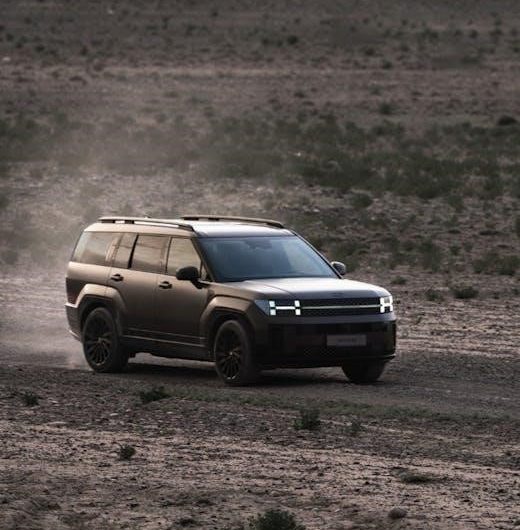 2023 hyundai santa fe manual
2023 hyundai santa fe manual 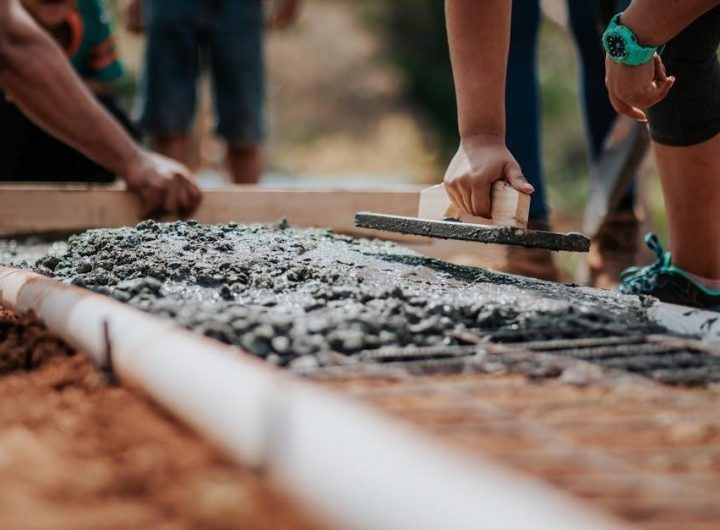 orbit 57899 manual
orbit 57899 manual 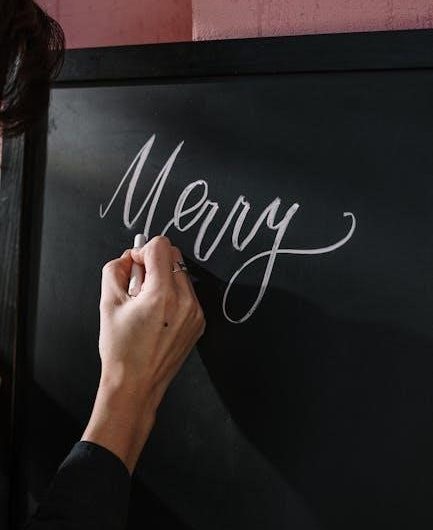 ipod shuffle instruction manual
ipod shuffle instruction manual  yamaha rx-v6a manual
yamaha rx-v6a manual 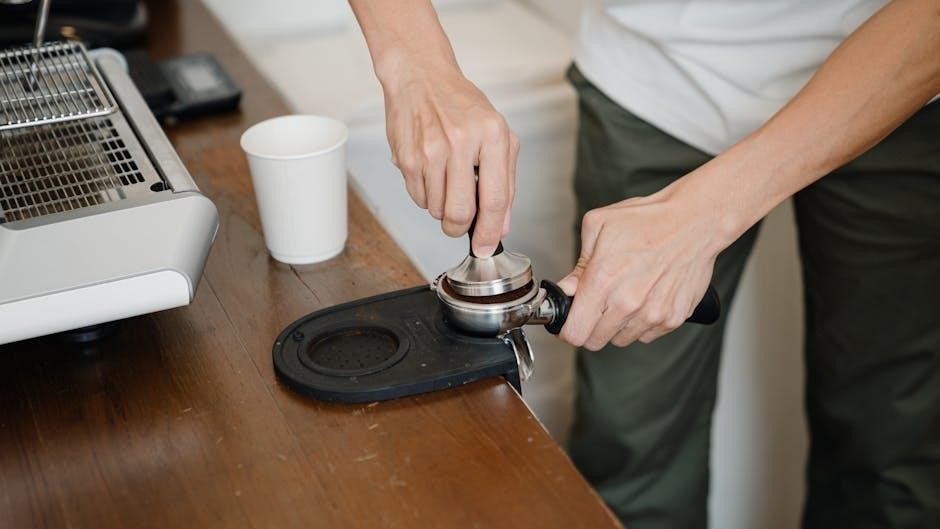 krups espresso machine manual
krups espresso machine manual 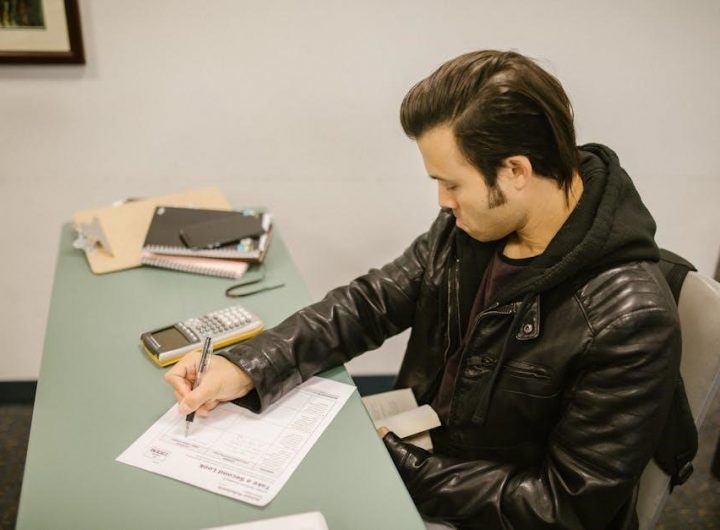 citi program quiz answers pdf
citi program quiz answers pdf  dsc impassa user guide
dsc impassa user guide  upper back stretches pdf
upper back stretches pdf